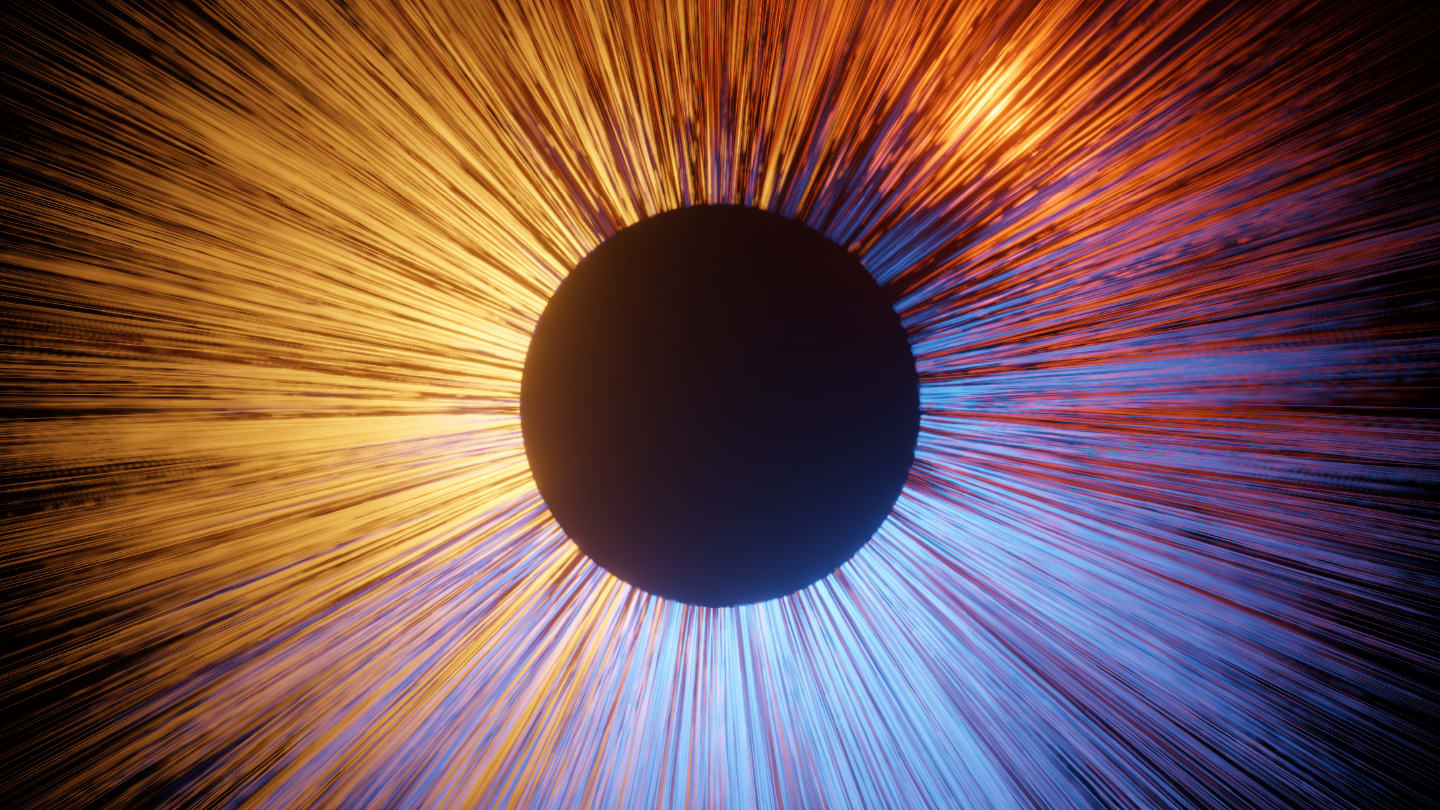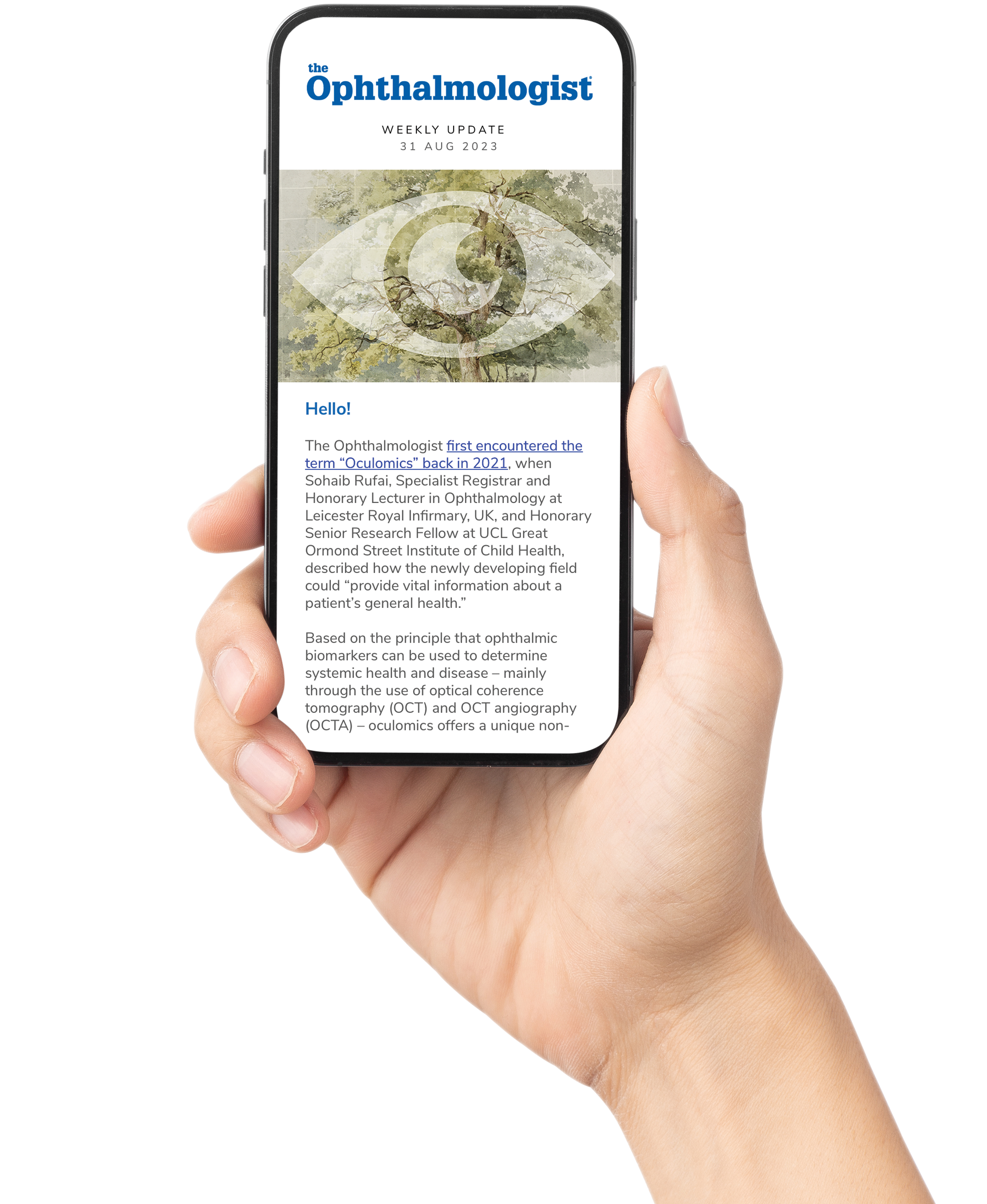
Optical coherence tomography angiography (OCTA) has become an indispensable tool in glaucoma assessment, providing non-invasive visualization of the macular and peripapillary microvasculature. Yet, as its clinical utility expands, image artifacts — distortions or errors that compromise diagnostic accuracy — remain a significant and often underappreciated limitation.
In a prospective cross-sectional study published recently in Ophthalmology Science, Yun Hsia and colleagues at National Taiwan University Hospital systematically examined how the prevalence and type of OCTA artifacts vary with glaucoma severity, and how these artifacts affect measurement variability and image quality indices.
The study enrolled 188 eyes from patients with open-angle glaucoma, stratified into mild, moderate, advanced, and severe disease groups according to visual field mean deviation (MD). Each eye underwent three consecutive macular (3×3 mm) and peripapillary (4.5×4.5 mm) OCTA scans using the RTVue XR Avanti AngioVue system. The investigators classified artifacts such as defocus, eye movement, shadowing, segmentation error, and Z-offset, and assessed image quality via the scan quality index (SQI). Repeatability of OCTA measurements was quantified using the coefficient of variation (CoV), allowing the team to determine which artifacts most affected test reliability.
Across all severity stages, half of all OCTA images contained at least one artifact, with prevalence climbing steadily from 30% in mild to 67% in severe glaucoma for peripapillary scans, and from 39% to 62% for macular scans. The most common artifact was defocus, present in 26% of scans overall and significantly more frequent in advanced disease. Eye movement and segmentation errors also increased with worsening MD.
Importantly, defocus and motion artifacts correlated with lower SQI values and greater variability in vessel density (VD) measurements, particularly in deep and superficial macular layers. Even in images that met accepted quality thresholds (SQI ≥ 7), artifacts persisted in up to 47% of macular and 61% of peripapillary scans in patients with severe glaucoma. This underscores that a “good” SQI score does not necessarily equate to artifact-free imaging.
Peripapillary scans were more prone to artifacts than macular scans, likely due to fixation challenges on eccentric targets in advanced disease. Longer axial length, older age, and the use of multiple glaucoma medications were additional patient factors linked to increased artifact prevalence. Defocus, in particular, introduced clinically significant variability in OCTA metrics, jeopardizing reproducibility and potentially masking or exaggerating true vascular changes. As such, the authors recommend manual inspection of OCTA images, even when software-generated quality indices appear acceptable, to reduce the potential for any misjudgement.
The study offers the most comprehensive characterization to date of OCTA artifact patterns across the glaucoma spectrum. The findings emphasize the need for careful image acquisition, ongoing technician training, and manual review of scans — especially in advanced cases of glaucoma where artifacts are most prevalent.
In a prospective cross-sectional study published recently in Ophthalmology Science, Yun Hsia and colleagues at National Taiwan University Hospital systematically examined how the prevalence and type of OCTA artifacts vary with glaucoma severity, and how these artifacts affect measurement variability and image quality indices.
The study enrolled 188 eyes from patients with open-angle glaucoma, stratified into mild, moderate, advanced, and severe disease groups according to visual field mean deviation (MD). Each eye underwent three consecutive macular (3×3 mm) and peripapillary (4.5×4.5 mm) OCTA scans using the RTVue XR Avanti AngioVue system. The investigators classified artifacts such as defocus, eye movement, shadowing, segmentation error, and Z-offset, and assessed image quality via the scan quality index (SQI). Repeatability of OCTA measurements was quantified using the coefficient of variation (CoV), allowing the team to determine which artifacts most affected test reliability.
Across all severity stages, half of all OCTA images contained at least one artifact, with prevalence climbing steadily from 30% in mild to 67% in severe glaucoma for peripapillary scans, and from 39% to 62% for macular scans. The most common artifact was defocus, present in 26% of scans overall and significantly more frequent in advanced disease. Eye movement and segmentation errors also increased with worsening MD.
Importantly, defocus and motion artifacts correlated with lower SQI values and greater variability in vessel density (VD) measurements, particularly in deep and superficial macular layers. Even in images that met accepted quality thresholds (SQI ≥ 7), artifacts persisted in up to 47% of macular and 61% of peripapillary scans in patients with severe glaucoma. This underscores that a “good” SQI score does not necessarily equate to artifact-free imaging.
Peripapillary scans were more prone to artifacts than macular scans, likely due to fixation challenges on eccentric targets in advanced disease. Longer axial length, older age, and the use of multiple glaucoma medications were additional patient factors linked to increased artifact prevalence. Defocus, in particular, introduced clinically significant variability in OCTA metrics, jeopardizing reproducibility and potentially masking or exaggerating true vascular changes. As such, the authors recommend manual inspection of OCTA images, even when software-generated quality indices appear acceptable, to reduce the potential for any misjudgement.
The study offers the most comprehensive characterization to date of OCTA artifact patterns across the glaucoma spectrum. The findings emphasize the need for careful image acquisition, ongoing technician training, and manual review of scans — especially in advanced cases of glaucoma where artifacts are most prevalent.
